Distances on Sumba are deceptive. First, there are only a few main roads; second, those roads are often in poor condition; and third, a bus can spend hours looking for passengers in every town it passes through. The West Sumba city of Waikabubak is less than 60 miles from Kallala as the crow flies, but it took us about 9 hours of busing (and an overnight stop) to get there.
West Sumba is known for being more "traditional" than East Sumba
. The few travelers who come to Waikabubak usually come to visit the surrounding villages. The city itself (city being a relative term - population ~19,000) is spread out, with no discernible center. Once again, I was struck by the integration of old and new. Almost everyone in the city wears western clothes, but many of the older men wrap woven sashes around their shorts and hang scabbards from them. We saw many ramshackle bamboo houses that looked like they might blow over in a stiff wind, but that had a satellite dish in the front yard or solar panels on the roof.
We stayed in an eccentric hotel on the outskirts of town with a banner over the door wishing us a Merry Christmas and Happy New Year. While we sat waiting for a room to open up, a meeting that had been taking place upstairs let out, and it turned out to be the closing ceremony for teachers who were training to become principals. So Shen had a nice opportunity to chat with them about the education system
.
The next day we rented a moto and headed to the beach. We ended up on a stretch of sand fronting a fishing village, and we were the only people there until some kids joined us. They were sweet and apparently just wanted to hang out. That is refreshing coming from Bali. Eventually they wandered off, and we meandered back up the rice paddies. West Sumba is greener than the East, thanks to both the natural vegetation and rice cultivation.
We headed to a village that our guidebook described as "isolated and traditional." Of course, as soon as a village is listed as "isolated" in Lonely Planet, it no longer is. We ended up at the neighboring village of Weiwuli. It's no Disneyland - they get foreign visitors every few weeks - but it's enough that they have a routine: Offer betel nut, stare, offer coconut water, stare, ask for cigarettes. They ask in such a polite way, something like, "Do you like to smoke? We like to smoke. Too bad we don't have any cigarettes
." It's customary to leave a small donation at the villages you visit, so we offered some cigarette money along with our donation. It was converted to cigarettes within minutes.
It was an interesting visit. On one hand, it's obviously still a functioning traditional village. On the other hand, hosting tourists every few weeks has become part of their economy. It's almost always day trips - they still speak fondly of a French couple who slept in the village for a week in the mid-80's. With just a few hours, we didn't learn as much as a longer visit would afford, but we saw the village set-up (thatched family homes surrounding ancestral tombs) and we spent some time talking to the families.
I would like to have stayed longer in West Sumba and spent the night in one of the villages. Unfortunately, infrequent ferry connections limited our time, so we had only a day to explore before heading back to Waingapu. This pace of travel is necessary right now, but it's wearing. I feel a bit like a stone skipping across the surface. It's always a conundrum: do we see more of the country, or spend more time in one place? There are good arguments for both, and in any given place, we can only choose one. We weren't willing to exchange a week later (Java? Kalimantan? Points unknown?) for another week here, so off we go. I'm just trying to enjoy being the skipping stone, trusting that eventually the place and circumstance will be right for lingering.
Skipping through the village
Sunday, June 26, 2011
 Waikabubak, East Nusa Tenggara, Indonesia
Waikabubak, East Nusa Tenggara, Indonesia
Other Entries
-
1Arrival
May 2829 days prior Nusa Lembongan, Indonesiaphoto_camera19videocam 0comment 3
Nusa Lembongan, Indonesiaphoto_camera19videocam 0comment 3 -
2Exploring the Nusa
May 3027 days prior Nusa Lembongan, Indonesiaphoto_camera15videocam 0comment 3
Nusa Lembongan, Indonesiaphoto_camera15videocam 0comment 3 -
3Kami belajar Bahasa Indonesia!
Jun 0323 days prior Seminyak, Indonesiaphoto_camera18videocam 0comment 3
Seminyak, Indonesiaphoto_camera18videocam 0comment 3 -
4New Friends
Jun 0620 days prior Seminyak and Lovina, Indonesiaphoto_camera9videocam 0comment 4
Seminyak and Lovina, Indonesiaphoto_camera9videocam 0comment 4 -
5Good time to go
Jun 1016 days prior Seminyak, Indonesiaphoto_camera11videocam 0comment 0
Seminyak, Indonesiaphoto_camera11videocam 0comment 0 -
6Ubud
Jun 1511 days prior Ubud, Indonesiaphoto_camera41videocam 0comment 0
Ubud, Indonesiaphoto_camera41videocam 0comment 0 -
7Bali-Bye
Jun 179 days prior Denpasar, Indonesiaphoto_camera11videocam 0comment 8
Denpasar, Indonesiaphoto_camera11videocam 0comment 8 -
8The Wild East
Jun 197 days prior Waingapu and Pulupanjang, Indonesiaphoto_camera10videocam 0comment 2
Waingapu and Pulupanjang, Indonesiaphoto_camera10videocam 0comment 2 -
9Surf Camp
Jun 233 days prior Kallala, Indonesiaphoto_camera17videocam 0comment 6
Kallala, Indonesiaphoto_camera17videocam 0comment 6 -
10Skipping through the village
Jun 26 Waikabubak, Indonesiaphoto_camera24videocam 0comment 0
Waikabubak, Indonesiaphoto_camera24videocam 0comment 0 -
11Interminable Ferries and Magical Lakes
Jun 304 days later Moni, Indonesiaphoto_camera34videocam 0comment 0
Moni, Indonesiaphoto_camera34videocam 0comment 0 -
12Housewarming, Flores-Style
Jul 026 days later Bajawa, Indonesiaphoto_camera48videocam 0comment 1
Bajawa, Indonesiaphoto_camera48videocam 0comment 1 -
13Komodo Part I: Land
Jul 0711 days later Labuanbajo, Indonesiaphoto_camera26videocam 0comment 2
Labuanbajo, Indonesiaphoto_camera26videocam 0comment 2 -
14Komodo Part II: Sea
Jul 0711 days later Labuanbajo, Indonesiaphoto_camera11videocam 0comment 0
Labuanbajo, Indonesiaphoto_camera11videocam 0comment 0 -
15Not in Kansas
Jul 1115 days later Jakarta, Indonesiaphoto_camera9videocam 0comment 2
Jakarta, Indonesiaphoto_camera9videocam 0comment 2 -
16Surf Extravaganza - Shen's Guest Post!
Jul 1822 days later Batu Karas, Indonesiaphoto_camera27videocam 0comment 7
Batu Karas, Indonesiaphoto_camera27videocam 0comment 7 -
17The Joys of Travel
Jul 1923 days later Yogyakarta, Indonesiaphoto_camera1videocam 0comment 3
Yogyakarta, Indonesiaphoto_camera1videocam 0comment 3 -
18Path to Enlightenment (or at least better grammar)
Jul 2226 days later Borobudur, Indonesiaphoto_camera39videocam 0comment 5
Borobudur, Indonesiaphoto_camera39videocam 0comment 5 -
19Visa Run
Jul 2327 days later Singapore, Singaporephoto_camera7videocam 0comment 1
Singapore, Singaporephoto_camera7videocam 0comment 1 -
20River Cruising
Jul 2731 days later Pangkalan Bun, Indonesiaphoto_camera49videocam 0comment 3
Pangkalan Bun, Indonesiaphoto_camera49videocam 0comment 3 -
21Into the Wild
Aug 0338 days later Kutai National Park, Indonesiaphoto_camera32videocam 0comment 5
Kutai National Park, Indonesiaphoto_camera32videocam 0comment 5 -
22Surf Safari - SHEN GUEST POST #2!!!
Aug 1045 days later Kuta, Indonesiaphoto_camera34videocam 0comment 2
Kuta, Indonesiaphoto_camera34videocam 0comment 2 -
23Honeymooning At Last
Aug 1449 days later Gili Meno, Indonesiaphoto_camera14videocam 0comment 3
Gili Meno, Indonesiaphoto_camera14videocam 0comment 3 -
24Happy Postscript
Aug 1651 days later Washington DC, United Statesphoto_camera4videocam 0comment 4
Washington DC, United Statesphoto_camera4videocam 0comment 4

 Waikabubak, East Nusa Tenggara, Indonesia
Waikabubak, East Nusa Tenggara, Indonesia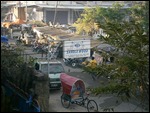
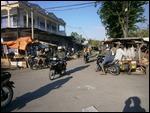
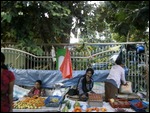



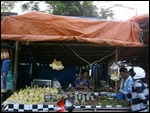

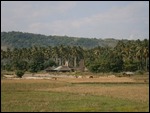
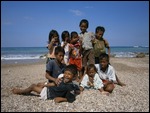
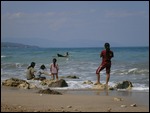
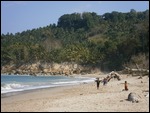

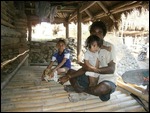
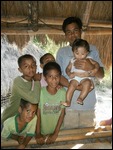
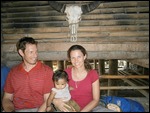

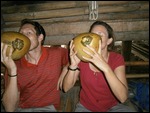
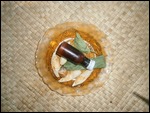
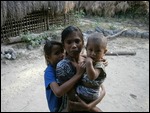
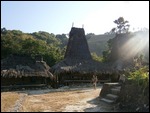
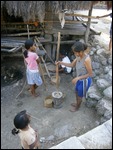
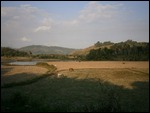
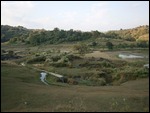
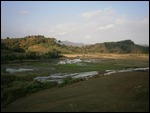
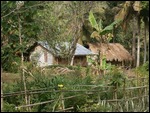
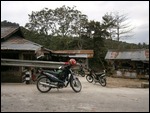
2025-05-22